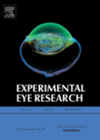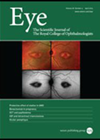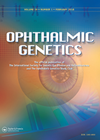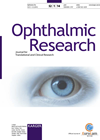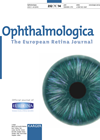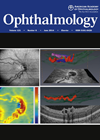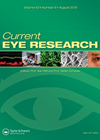
Journal Reviews archive for October 2014
Akimba mice, a model of human diabetic retinopathy
Diabetic retinopathy (DR) is a major complication of diabetes and a growing problem as the systemic disease becomes more prevalent. DR develops insidiously from an asymptomatic form through to vascular damage that leads to oedema and breakdown of the blood-retinal...
B-scan ultrasonography
B-scan ultrasonography is commonly employed for the diagnosis and follow-up of ocular trauma. This retrospective study looked at the accuracy and predictive ability of B-scan ultrasonography following open globe repair. Of the 965 patients identified with open globe injuries at...
Early surgery for epiretinal membrane
This was a retrospective case review study in 120 consecutive patients with idiopathic epiretinal membrane. The average patient age was 72 years with a mean follow-up of 6.5 months. Inclusion criteria consisted of symptomatic patients with visual acuity of 1.0...
Resolution of mid-peripheral schisis in x-linked retinoschisis with the use of dorzolamide
X-linked retinoschisis (XLRS) is an early onset hereditary retinal dystrophy. It is caused by mutations of the RS1 gene. Common manifestations of XLRS are schitic lesions at the macula, as well as infero-temporal schisis. Carbonic anhydrase inhibitors have previously been...
Effect of laser wavelength on delivering effective burns through opaque lens using pattern scan laser
Panretinal photocoagulation (PRP) has been used in the treatment of various retinal disorders for many decades. Conventional single-spot lasers take quite some time to do with significantly higher pain, anxiety and photophobia when compared to the pattern scan laser (PSL)....
Progression of myopic maculopathy after treatment
The authors report on a retrospective study carried out to evaluate long-term progression of myopic maculopathy and functional outcome in eyes treated for myopic choroidal neovascularisation (CNV) and in eyes without CNV. Fifty-four myopic eyes of 30 patients were included...
Visual fields and OCT in hydroxychloroquine retinopathy
It has been recommended that patients on hydroxychloroquine be monitored regularly for retinopathy. However, there has not been an agreement as to the best screening test for hydroxychloroquine toxicity, which may include visual fields (VF), fundus autofluorescence, spectral domain optical...
Blinking and driving
Spontaneous blinking is dependent on cognitive processes and is regulated by a central pacemaker that is highly sensitive to the attention demands and cognitive workload of the visual task in hand. There is evidence of a variability in the frequency...

